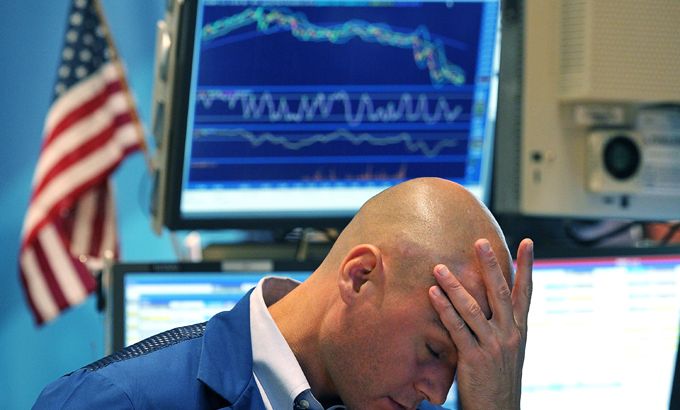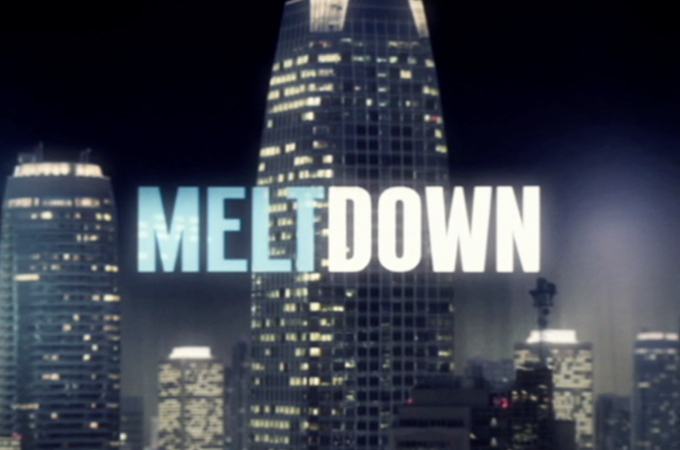
Meltdown: A global tsunami
How an epidemic of fear caused the world’s major banks to stop lending, triggering protests and industrial action.
On September 17, 2008, the world’s financial system went into cardiac arrest. The failure of Lehman Brothers, the biggest bankruptcy in US history, sent financial markets into a tailspin.
The New York Stock Exchange had its biggest one day drop since the 9/11 attacks; markets from London and Paris to Shanghai fell in lockstep; Russia suspended all trading.
Keep reading
list of 4 itemsIndia-Iran port deal: A gateway to Central Asia or a geostrategic headache?
India’s income inequality widens, should wealth be redistributed?
Facebook, Instagram face EU scrutiny over addictive effects on children
In an epidemic of fear, the world’s major banks stopped lending money and accepting collateral from each other.
The next morning President George W Bush made a statement and tried to reassure the public. Bush convened an emergency meeting in the White House with his economic advisers. According to notes, in that meeting, US Treasury Secretary Hank Paulson told the president the US was on the edge of total financial meltdown.
Paulson, the former CEO of Goldman Sachs, played a leading role in the early days of the crisis. He was supposed to be the main free enterpriser in the Bush administration but ended up overseeing the greatest government intervention in the economy since the Great Depression.
But it was only later that the hard questions were asked, and the key players held to account.
In part two of our investigation into the orgy of greed and recklessness that drove the world into financial collapse, we look at how the financial tsunami swept the world.
We explore a renegade executive who nearly destroyed the global financial service, and the treasury secretary who bailed out his old friends.
| Meltdown is a four-part series on the secret history of the global financial collapse. |
